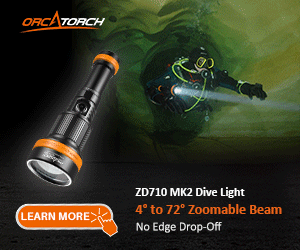The AOW was initially introduced around 1964-65 (not sure of the exact year) by Los Angeles County. They were concerned that so many divers were getting their OW certification and then dropping out of diving. They felt that adding a more advanced course that introduced divers to different aspects of diving might pique their interest and keep them diving.
Shortly after that, NAUI added the course, too, and for the same reason. The NAUI leadership had previously been part of Los Angeles County. NAUI Instructor #1 was Al Tillman, who started the Los Angeles County program after being trained at the nearby Scripps Institute.
At nearly the same time, NAUI was struggling financially, which was an annual event in its early days. They decided to close off their nation-wide program to focus on California, and they therefore canceled a major instructor training program scheduled for Chicago. The Chicago branch of NAUI was furious, and they created their own agency, which they called PADI. They used the instructional program from Scripps/Los Angeles/NAUI. They, too, adopted the AOW program in time--I am not sure exactly when.
It is a myth that PADI divided a bigger OW program into the OW/AOW program. PADI had nothing to do with the creation of AOW, and it was always considered to be training beyond the OW certification.. If I recall correctly, Rescue diver followed O/W
What I recall from my inital training [PADI] in 1977 was that there were two entry levels: Basic Scuba Diver and Open Water Diver, both had the same coursework, the difference being the checkout dives: Basic had two open water dives, and O/W had four open water dives, all under the supervision of the instructor.
There were no PADI instruction books, we [meaning just about all] used The New Science of Skin and Scuba Diving, which was a collaborative text authored by a Council that included NAUI, PADI, YMCA, etc. Any certification level allowed for open water dives to 130 feet.
Following O/W was an AOW/Rescue Diver [one level above O/W, not two] and then DM.





